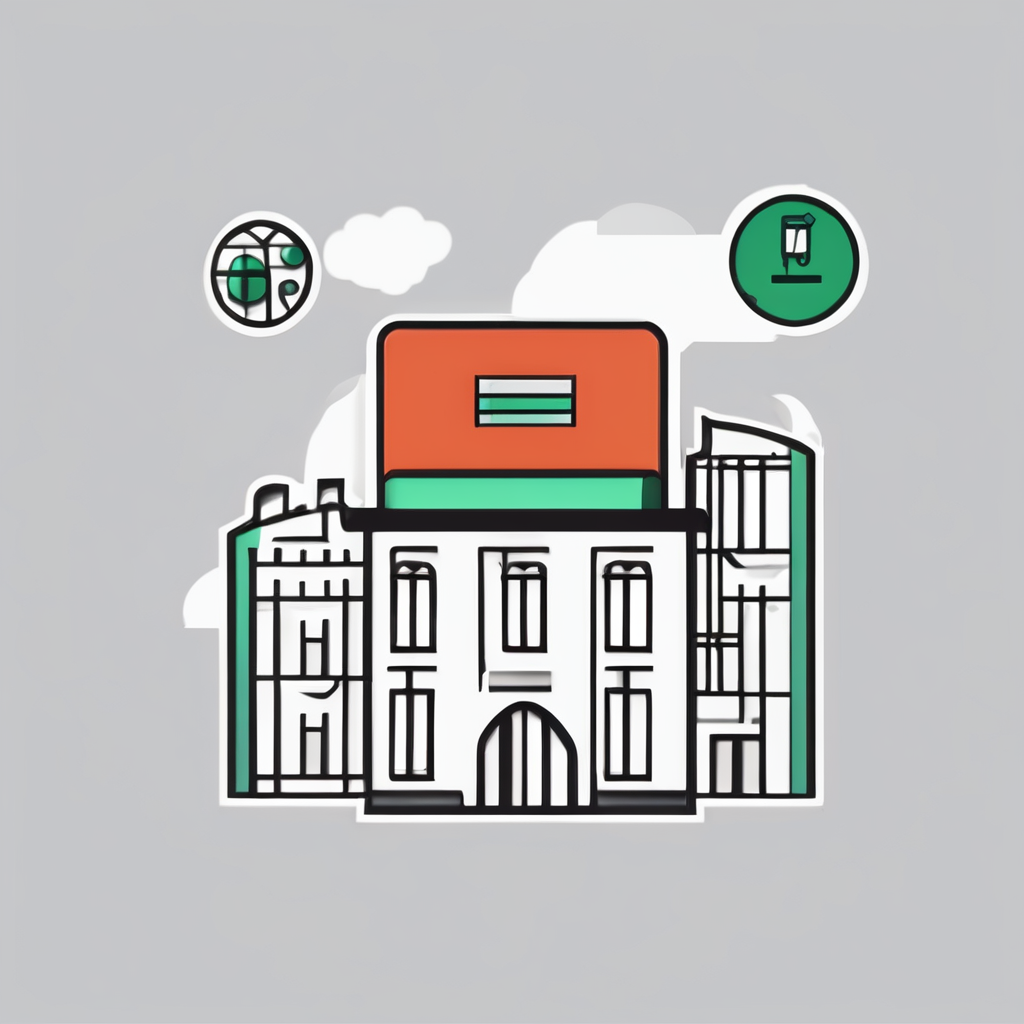The Role of IoT in Modern Urban Transformation
The Internet of Things (IoT) serves as a foundational pillar in the ongoing modernization of cities. Within urban development, IoT refers to interconnected devices and sensors embedded throughout a city’s infrastructure, enabling real-time data exchange and automation. This integration marks a significant shift toward urban innovation, effectively transforming traditional cities into dynamic, responsive environments known as smart cities.
The primary objectives driving IoT adoption in these smart cities involve enhancing operational efficiency, improving public services, and supporting sustainable growth. For instance, IoT technologies enable cities to monitor environmental conditions, manage energy consumption, and streamline traffic flows. This results in more informed decision-making and faster responses to urban challenges.
Also read : How Has UK Technology Revolutionized the Healthcare Sector?
Importantly, IoT does not replace existing infrastructure; instead, it integrates with current systems—such as public transportation networks and utility grids—creating cohesive, interconnected urban ecosystems. This fusion of IoT with conventional city structures accelerates the modernization process, allowing cities to leverage data insights to improve functionality and citizen well-being.
By embedding the Internet of Things into core urban frameworks, cities pursue not just technological advancement but a comprehensive renewal of how urban spaces operate, experience, and evolve to meet future demands.
This might interest you : How Does Technology Influence Education in the UK Today?
Core Applications and Real-World Examples of IoT in Smart Cities
The Internet of Things powers numerous practical solutions in smart cities, enhancing urban functionality across key sectors. A pivotal IoT application is smart traffic management. Using interconnected sensors and cameras, cities monitor traffic patterns in real-time, enabling dynamic adjustments to signals and route suggestions. This reduces congestion and travel time while improving road safety, demonstrating clear benefits for urban mobility.
Another critical area is energy efficiency. Smart grids leverage IoT devices to balance energy demand and supply efficiently. They facilitate real-time monitoring of consumption and integrate renewable sources seamlessly, reducing waste and promoting sustainability. These grids empower both utility providers and consumers with detailed data for optimized usage.
Leading cities illustrate these advances vividly. For example, urban centers employing IoT-driven traffic systems and smart grid technology routinely report smoother traffic flows and lower emissions. In addition, IoT applications in public safety—such as surveillance sensors and emergency response coordination—further enhance citizen well-being.
Together, these IoT applications in smart traffic management, energy efficiency, and public safety highlight the transformative impact of smart city initiatives. They underline how integrated, data-driven strategies foster more resilient and livable urban environments.
Technical and Societal Challenges in IoT-Driven Cities
Navigating IoT security is paramount in smart cities, as interconnected devices increase vulnerability to cyberattacks. Ensuring data confidentiality and integrity requires robust encryption and continuous system monitoring. Without stringent security measures, urban infrastructure could become susceptible to breaches with widespread consequences.
Closely tied to security concerns are data privacy issues. Smart cities collect vast amounts of personal information via IoT sensors, raising questions about who accesses this data and how it’s used. Transparent policies and strict regulations are essential to maintain citizens’ trust and protect sensitive information.
Another significant challenge lies in the implementation barriers of IoT within existing city frameworks. Interoperability between diverse devices, varying standards, and legacy systems complicates seamless integration. Overcoming these obstacles demands standardized protocols and collaborative efforts among technology providers and city planners.
The digital divide further complicates IoT adoption. Unequal access to technology and connectivity risks excluding marginalized communities from the benefits of urban innovation. Addressing this social equity concern involves investing in inclusive infrastructure and user education to ensure all residents participate in the smart city ecosystem.
Successfully managing these challenges is vital for the sustainable growth and societal acceptance of IoT-driven urban transformation.
Advantages Brought by IoT to Urban Life
The Internet of Things significantly boosts urban efficiency by automating and optimizing city services. For example, IoT sensors in waste management enable route optimization for collection trucks, reducing fuel consumption and operational costs. This real-time data-driven approach streamlines public services, ensuring resources are used more wisely.
A key advantage of IoT is the reduction of harmful emissions. Smart traffic management systems adjust signal timings based on live traffic flow, decreasing idle times and lowering carbon footprints. Similarly, energy-efficient smart grids regulate electricity distribution, integrating renewable sources and cutting down wasteful consumption. These practices promote sustainability while supporting cleaner urban environments.
Resource optimization extends beyond energy and transport. Water management systems use sensing devices that detect leaks or excessive usage, enabling prompt action to conserve water supplies. Such IoT applications enhance city resilience against resource scarcity, benefiting both the environment and residents.
Importantly, these improvements translate into a better quality of life. Citizens experience smoother commutes, healthier air, improved public utilities, and increased engagement with urban planning through IoT-enabled feedback platforms. Overall, IoT contributes to creating livable, sustainable cities where urban innovation meets everyday needs.
Trends and Innovations Shaping the Future of IoT in Smart Cities
Emerging technologies are rapidly redefining the Internet of Things landscape within smart cities, driving unprecedented levels of urban innovation. Among these, the integration of artificial intelligence (AI) plays a pivotal role. AI-powered algorithms analyze vast streams of data collected from IoT sensors to optimize city operations dynamically. For example, AI can predict traffic surges to adjust signals proactively or forecast energy demands for better grid management, significantly improving efficiency and responsiveness.
Simultaneously, advances in sensor technology enhance the precision and coverage of IoT networks. Miniaturized, low-power sensors enable more granular monitoring of environmental conditions, infrastructure health, and public safety metrics. This contributes to smarter resource allocation and faster incident detection, reinforcing sustainable urban modernization.
Moreover, urban analytics leverage machine learning to transform IoT data into actionable insights that shape city planning. Planners use these analytics to simulate scenarios, optimize infrastructure investments, and tailor services to community needs, fostering adaptive governance.
Together, these future trends empower cities with tools for continuous self-improvement, turning data into decisions and reinforcing the foundation of truly smart cities. This evolution promises more resilient, efficient, and citizen-centric urban environments aligned with the goals of ongoing city modernization.




